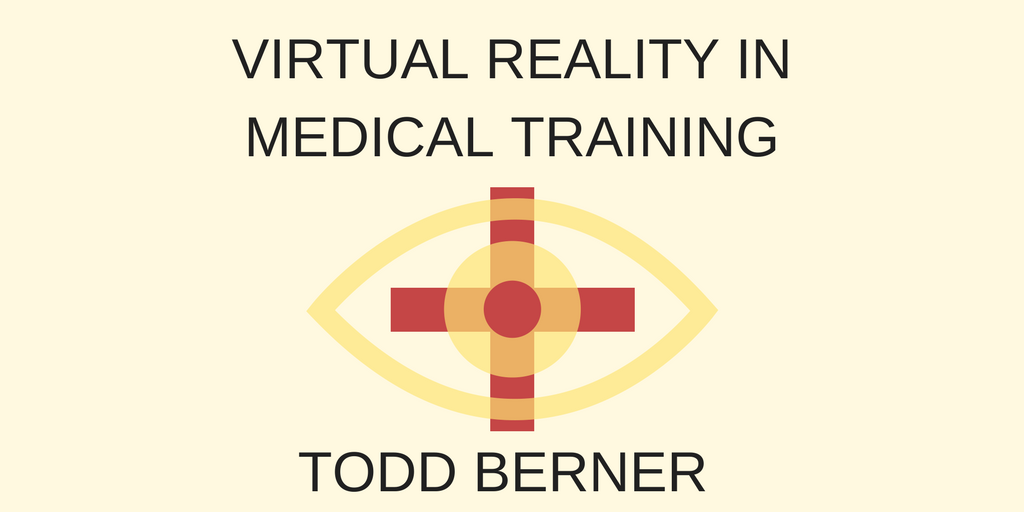The newest doctor on the ward freezes as he stands over a patient whose struggles to breathe are painfully evident. Beside him, nurses shout for him to do something; that he’s running out of time. Heart racing, he realizes that he needs to free the airway by carefully making an incision at a precise point in the neck, and inserting a tube through a delicate membrane and into the trachea. Cricothyrotomy: a rare procedure, and a deadly one if done incorrectly. The problem is, it’s so uncommon that the doctor had mostly read about it – and had only practiced it a few times on cadavers. He steels himself as he picks up the scalpel and begins.
Sometimes, book learning isn’t enough. A recent study published in PNAS in 2014 found that students who were kept in traditional lecture environments were over 50% more likely to fail in STEM classes than those engaged in hands-on curriculums. For medical students, whose learning could quite literally determine the life or death of a patient, effective teaching is vital. To meet the need for engaging learning tools, more and more professionals are turning to virtual reality.
The applications of VR technology in a physician’s classroom are remarkably varied. Students can better visualize human anatomy and pharmacology with the help of Microsoft’s Hololens, which brings subjects to life through holograms. In some institutions, students can even conduct surgical procedures on virtual patients, which allows students to hone their technique without using cadaver resources. An immersive VR course like this could have helped the young doctor in the above scenario become more confident in his surgical work before ever facing a real patient.
However, VR program capabilities extend far beyond surgery simulations; some can even help doctors build empathy for patients. “We Are Alfred” is an immersive virtual experience that takes its participants into the body of a 74-year old man with hearing loss and macular degeneration. For young doctors without considerable handicaps, becoming “Alfred” is a tremendous lesson in understanding the hardships of a patient’s life, and in the importance of maintaining empathy for their difficulties.
While nothing could ever replace traditional, real-world experiences in medical training, developments in virtual reality could offer medical students an invaluable chance to develop their surgical and empathetic skills before taking on the responsibilities of a medical professional. Like the doctor in the above scenario, medical students will need to meet the real, life-or-death challenges of their career – and need to prepare as well as they can beforehand.
